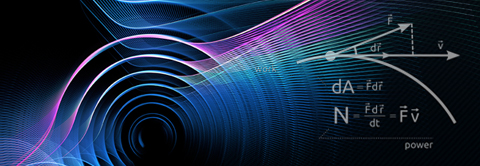“Symmetry and topology in transition metal dichalcogenide?”
2016.10.06 18:55
| 날짜 | 2016-10-07 13:30 |
|---|---|
| 일시 | Oct. 07 (Fri), 1:30 PM |
| 장소 | E6-2. #1323(1st fl.) |
| 연사 | Dr. Suk Bum Chung, IBS-CCES , Seoul National University |
“Symmetry and topology in transition metal dichalcogenide?”
Oct. 07 (Fri), 1:30 PM, E6-2. #1323(1st fl.)
Dr. Suk Bum Chung, IBS-CCES , Seoul National University
For the quantum well in an optical microcavity, the interplay of the Coulomb interaction and the electron-photon coupling can lead to the emergence of bosonic quasiparticles consisting of the exciton and the cavity photon known as polariton, which can form the Bose-Einstein condensate above a threshold density. Additional physics comes into play when the quantum well consists of the transition metal dichalcogenide (TMD). The TMD band structure in the low energy spectrum has two valley components with nontrivial Berry phase, which gives rise to a selection rule in the polariton coupling, e.g. the exciton from one (the other) valley can couple only to the clockwise (counter-clockwise) polarized photon. We find that, due to this nontrivial Berry phase, our polariton condensate spontaneously breaks the rotational symmetry and hence may be regarded as a phase of matter. We also investigate how the topology of the TMD polariton condensate is related the exciton symmetry.
Contact: MyungJoon Han, Physics Dept., (mj.han@kaist.ac.kr)







